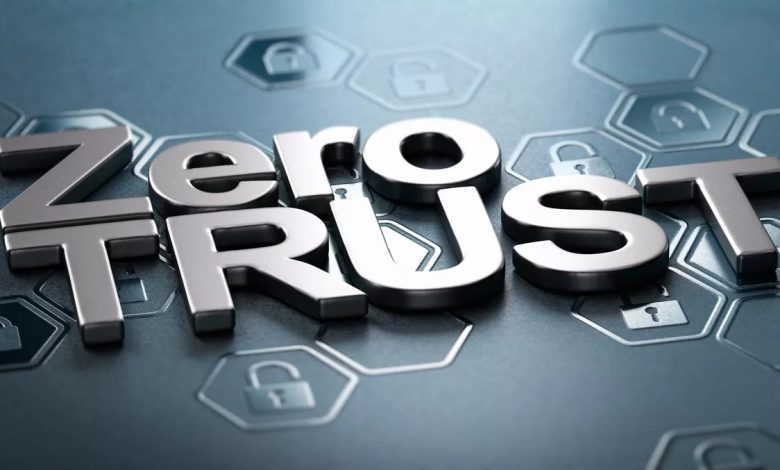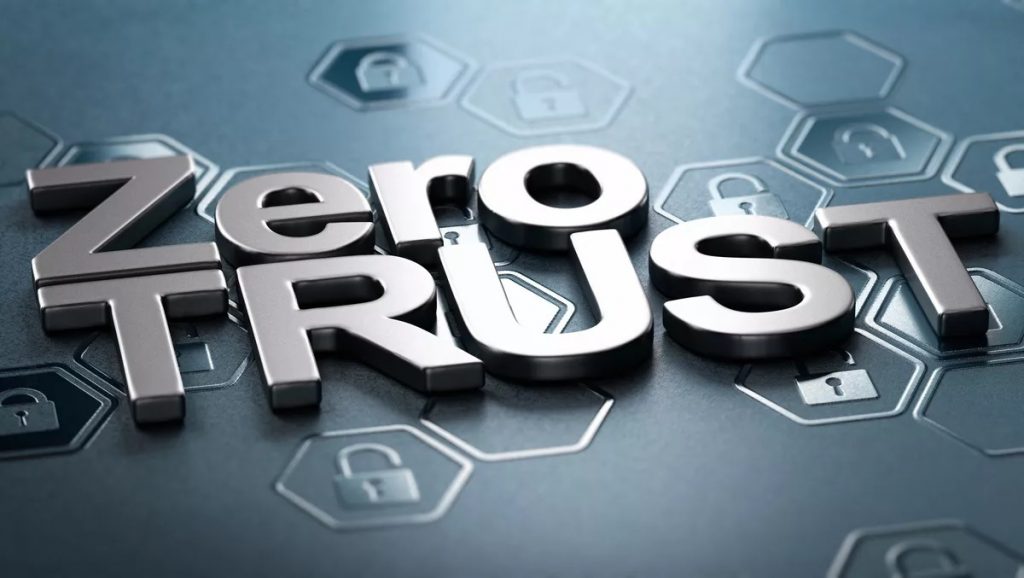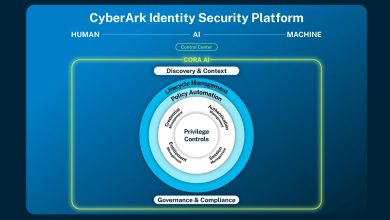Dell Technologies Boosts Its Zero-Trust Credentials With Updated Offerings

It’s undeniable that cyber resilience requires many levels of protection working together. According to a survey, 77.3% of people in the Asia-Pacific and Japan region agree that their company is vulnerable to cyber attacks because of the ever-changing nature of enterprises. Findings also suggest that in 2021, one cyber attack occurred every 11 seconds.
By removing blind confidence and regularly verifying each step of a digital transaction, Zero-Trust is believed to be a systematic approach to cybersecurity that can keep a company safe. According to Forrester, Zero-Trust is not a single product or platform but rather a whole security architecture based on the tenets of “never trust, always verify” and “assume breach.”
The race is certainly on among various technology vendors to meet this fast-rising demand for Zero-Trust implementation among enterprises.

In a recent media briefing, Amit Midha, Dell Technologies’ President of the Asia Pacific and Japan, Global Digital Cities, proclaimed that Dell Technologies has the widespread reach and infrastructure to be the region’s clear frontrunner in adopting the Zero-Trust paradigm.
Elements of Modern Enterprise Security
The argument must be as compelling as to support such a bold statement. John Roese, Dell Technologies’ Global Technology Officer, further discussed Dell’s approach to cybersecurity and how the firm plans to assist its customers.
Roese opened his session with a controversial announcement: “The present strategy that most organisations are employing to handle security is not working. We are not even ahead of the bad actors”, he said. To back up this claim, he mentioned the rise in attacks that have occurred alongside the widespread use of digital technologies across all industries. This is the reality and according to him, that is why Dell Technologies has been advocating for businesses to take a more modern approach to cybersecurity.
Roese explained that there are 3 elements of modern enterprise security:
1.Foundation of Trust
Every single IT result is predicated to obtain some sort of technology from somewhere. It is crucial to learn the origin, construction, and security status of the source. Dell has spent decades developing what is perhaps the world’s largest and most secure supply chain. By establishing and maintaining solid security standards, Dell has relieved its customers of substantial security responsibility.
2.Zero-Trust Adoption Simplification
Dell invested many man-hours into studying what a secure 21st-century business should be like. The good news is that we won’t have to come up with our own solution. The solution is already out there. Zero-Trust strategy implementation. Instead of depending on the conventional perimeter and product-led security methods, which have their flaws, more and more clients are opting for Zero-Trust architectures, which drastically increase their protection profile against bad actors. Therefore, it has been one of Dell’s main goals to accelerate and simplify the Zero-Trust infrastructure.
3.Cyber Recovery Plan
Roese said, “In all honesty, there is no such thing as total security.” ‘There are no fail-safe security technologies,’ he went on. It’s important for customers to understand that even the most advanced cybersecurity systems have limitations. Further, customers need to know what to do if it fails. This is where Dell’s notion of cyber recovery comes in. Despite the fact that today’s infrastructure consists of things like computation, storage, networking, virtualisation, data layers, and an application development environment, Roese says his organisation now sees cyber recovery capabilities as crucial due to the constant threat of being infiltrated. Your company has a better chance of surviving a cyber attack and recovering if it has the capacity to do so.

The Paradigm Shift of Zero-Trust
To help simplify and speed up Zero-Trust adoption across businesses, Dell must first make the notion of Zero-Trust far more accessible. From a technological standpoint, Zero-Trust boils down to simply three changes:
- In a Zero-Trust architecture, authentication of devices, users, and apps is no longer a choice but rather a prerequisite for access to any part of the infrastructure.
- Modern security design is geared at preventing predictable malicious actions. When it comes to cyber security, however, there are three categories: The known good, the known bad, and the unknown. The difficulty with this strategy is that it is constantly reactive, leaving it wide open to zero-day attacks, and sluggish to respond. The paradigm shift will cause a shift in policy and control from focusing on preventing the bad and looking for the bad in the unknown to focusing on establishing the good and preventing everything else.
- There are currently standalone threat detection and management systems that operate independently of the IT infrastructure. From the outside, they keep an eye on the system to see if any negative things are about to happen due to the random nature of the infrastructure. A massive quantity of information and analysis is needed for this. The opposite occurs in Zero-Trust environments; since only trusted entities are granted access to the network, threat management may be deeply embedded as it only needs to monitor for the presence of untrusted entities engaging in forbidden behaviour. As a result, in a Zero-Trust environment, we can respond to threats far more quickly.
Portfolio Expansion
Roese also introduced a few updated offerings on behalf of Dell Technologies. A major one was the announcement of the Zero-Trust Centre of Excellence will open in the spring of 2023. Businesses and government agencies alike will be able to use this facility to test the reliability of their Zero-Trust workloads and apps. What’s more, the Zero-Trust policy is based on an architecture that was co-created by the United States Department of Defence and the federal government. While the Centre’s HQ is in the US, the testing conducted will be for a global audience.
According to Roese, Dell’s Zero-Trust environment for the IT infrastructure is a driving force behind the announcement of Dell Cybersecurity Advisory services. Dell Cybersecurity Advisory is available to formally advise clients that are unsure of how to begin or what architecture to use as a starting point.
Last but not least, Dell Vulnerability Management is a managed solution that will routinely scan the client’s IT infrastructure to detect vulnerabilities and threats and offer insights into how to prevent or mitigate them. While this service is offered by a number of different companies, Dell’s commitment to modern security best equips businesses to move toward a Zero-Trust environment.




